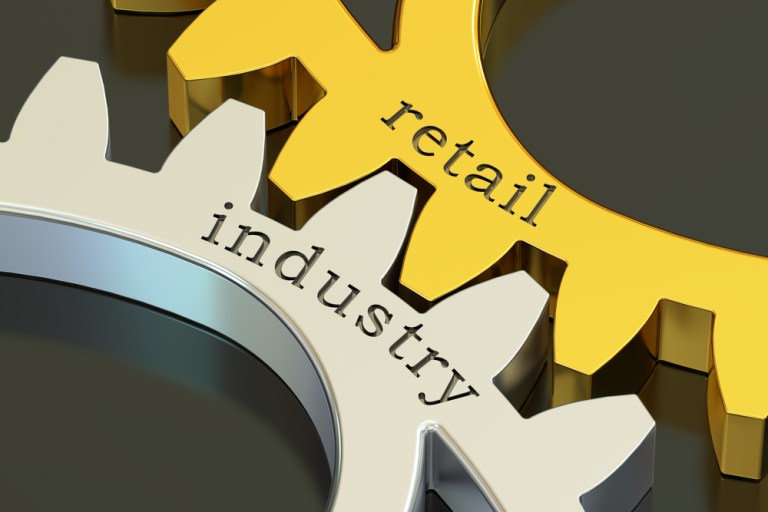
Since the recession of 2008, the retail industry has been in constant flux and has seen a mere two percent expansion over the last eight years.
Currently, the hot news being discussed are the numbers released Friday from the U.S. Commerce Department. According to the federal agency, the U.S. economy is seeing its second consecutive month of retail sales declines.
While retail sales fell 0.1 percent in May, there was also a 0.2 percent decline in June, even though retail spending has increased 2.8 percent over the last year, according to the Commerce Department. It also reported a 0.6 percent decline in restaurants and bars as well as a 0.7 percent decrease in department stores and 1.3 percent tumble at service stations.
Why have consumers been spending less money overall within the last few months?
It’s probably because eCommerce is steadily pulling consumers away from brick and mortar, thus increasing the need for retailers to provide bigger price cuts. This is evident from the 0.4 percent spending increase at non-store retailers that includes the online arena. If retail spending continues to decline, the rest of the U.S. economy may also suffer since consumers make up about 70 percent of the country’s economic activity.
As we are currently in the midst of a huge retail evolution in terms of how traditional brick-and-mortar locations are transforming, it’s likely that we’ll continue to see U.S. retail sales go up and down for the next few years. With more retailers looking to optimize the integration of technology into their everyday processes, consumers will probably continue to take advantage of the best bang for their buck with lower prices wherever they can find them in the most convenient route.
Interestingly, the Federal Reserve recently reported consumer credit saw a huge uptick in May, with $18.4 billion borrowed, which is the most the economy has seen since the November 2016 $25.1-billion consumer credit report. While April of this year saw a mere $8.2 billion in consumer credit, the lowest borrowed in six years, this significant increase in May coupled with the decline in retail sales over the last few months is probably ringing an alarm for retailers.
And while Americans are using more credit and spending a little less overall, the Federal Deposit Insurance Corporation is showing that there was a 6.6 percent increase in total bank deposits to $10.7 trillion in 2016. For the first quarter of this year, it’s being reported that deposits within the total sum of bank assets is at 77.6 percent.
Currently, U.S. consumers hold $2 trillion in their bank accounts.
The economy is working its way toward a recovery, and consumers are seemingly either saving their money or finding better deals online. The Independent Community Bankers of America’s group executive vice president of congressional relations and strategy, Paul Merski, commented on this to USA Today. “Incomes are up and people are choosing to deposit [their money] rather than increase spending.”
The overall big picture of consumer confidence in the U.S. is likely showing that while the economy, and moreso the retail industry, is in a state of evolution, that people are being cautious with their finances. The current president’s administration was hoping that the GDP would rise to three percent, which is something that has not happened since prior to the recession in 2005.
“American consumers continued to disagree with themselves in June as consumer confidence has remained high but has still not translated into much higher consumption. Although personal consumption expenditures are expected to bounce back during the second quarter of the year, the bounce back may not be as strong as we were expecting if these numbers remain as they were originally published, which is a big if,” said Wells Fargo Securities senior economist Eugenio Aleman in a research note published Friday.
The limbo status that’s currently in place for the U.S. retail economy may continue for the next few years or so as the government works through various new policies with this administration and the retail industry trudges through its digitally infused transformation.